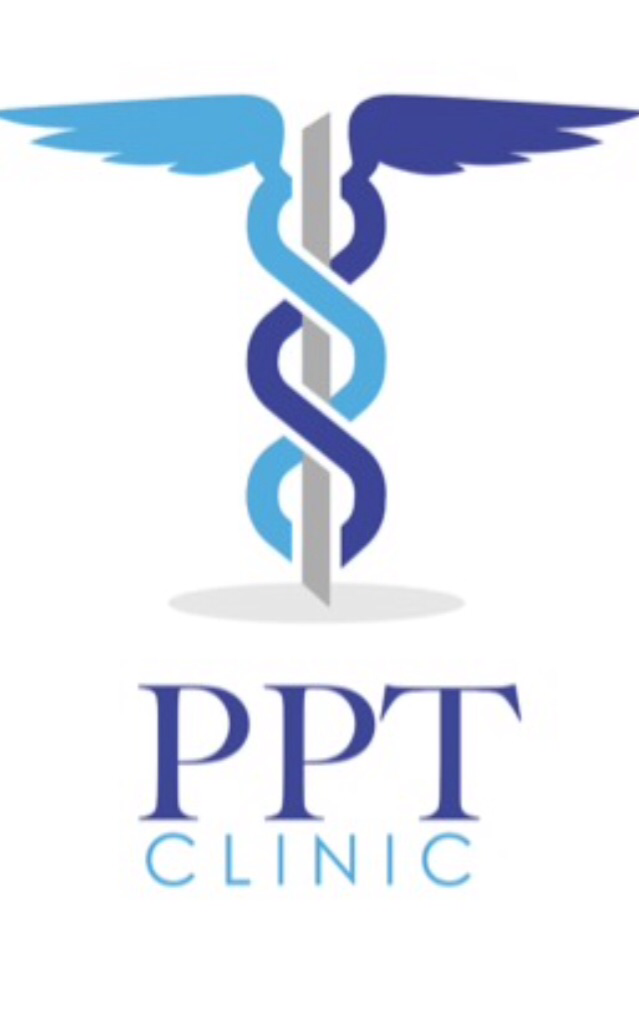So. Part 2 of my low back and shoulder pain blog. I’ll deal now with the second most common complaint I get. Shoulder pain. Now shoulder pain is a very common complaint because the joint itself is one of the most vulnerable joints in the body.
So it’s not something that only athletes, or people that play sports, have problems with them. I see plenty of you office desk jockeys in my clinics with sore shoulders as a result of sitting infront of a computer all day. It’s a modern day dilemma at this stage!
And unfortunately it’s the office worker that will most likely suffer the most as they’re the ones that find it most difficult to get rid of the issue, as they can’t avoid the aggravating factor. The aggravating factor being…... work!
Pain in the shoulder, or shoulder impingement, particularly during an overhead movement or activity, is the number one complaint in athletes, office workers and older age groups. It is important to first recognise shoulder impingement as a symptom and not as a diagnosis. There are two types of shoulder impingement, primary and secondary.
Older age groups generally suffer from primary impingement. This is due to excess bone growth in around the shoulder which encroaches on the space for the rotator cuff. Lack of space in this area causes irritation of the rotator cuff tendons which results in pain and discomfort, particularly in overhead or external rotation movements.
Serratus anterior
Secondary impingement is generally caused by weakness of the muscles surrounding the shoulder. The serratus anteriors role, which is to help clamp the shoulder blade to the ribcage, is often weak in many people. Weakness of this muscle causes poor control of the shoulder blade in overhead activities resulting in an impingement of the rotator cuff tendons.
Basically as you bring your arm up the serratus anterior is meant to help keep your shoulder blade out of the way of your arm as it rises overhead. The reason we want this to happen is because the space between the head of our shoulder (top of our arm), and our acromion, (the bony bit on top of our shoulder blade beside our collarbone), is very small. It’s called your sub acromial space and there is very little room for error as there is a lot of tissue passing through this very tight space.
So as the arm goes overhead, and serratus anterior is not working properly, the tissue in that space gets pinched. This happens every time your arm goes overhead so it gets very irritated and inflamed resulting in pain and weakness.
Sub acromial space
Tightness of the pectoralis minor, which sits at the front of the shoulder and chest, can really exacerbate the problem by pulling and tilting the scapular forward.
In my mind it’s the main culprit in this whole mess. It pulls the acromion down, further decreasing the sub acromial space.
This is the muscle that affects the office worker the most. You sit down all day with rounded shoulders as you work on a computer, this puts the pec minor in a shortened position, and by repeatedly sitting like this it just gets shorter and shorter.
Your shoulders become more rounded and you don’t know why.
Eventually this is going to lead to an impingement.
Pec minor
The funny thing is you won’t feel pain in your pec minor, as it’s all the other muscles around your shoulder blade that take the brunt of the imbalance.
But trust me, if I get my hands on your pec minor you’ll know all about it, and your shoulder pain will all make sense as you realise just how tight you are in your pec minor.
Imbalance of the rotator cuff muscles in relation to the deltoid can also cause impingement. In particular the external rotator cuff muscles (infraspinatus and teres minor) become weak and fail to stabilise the head of the humerus (upper arm bone) as it slides and rolls under the acromion (part of our shoulder joint). This failure to stabilise the shoulder alters the biomechanics resulting in impingement and irritation of the superior shoulder muscles.
A rehabilitation protocol is an effective form of treatment for secondary impingement. Usually strengthening the shoulder stabilisers and the serratus anterior muscle, which we talked about earlier, is effective. Stretching of the pecs and front of the shoulder can also help return the shoulder to normal function. If this doesn’t work seek treatment and you may find a pec minor release will offer a lot of relief
Primary Impingement, depending on the seriousness of symptoms may require surgical intervention to alleviate pain and symptoms. It is recommended that you contact your therapist or doctor for advice if suffering from pain or discomfort.


